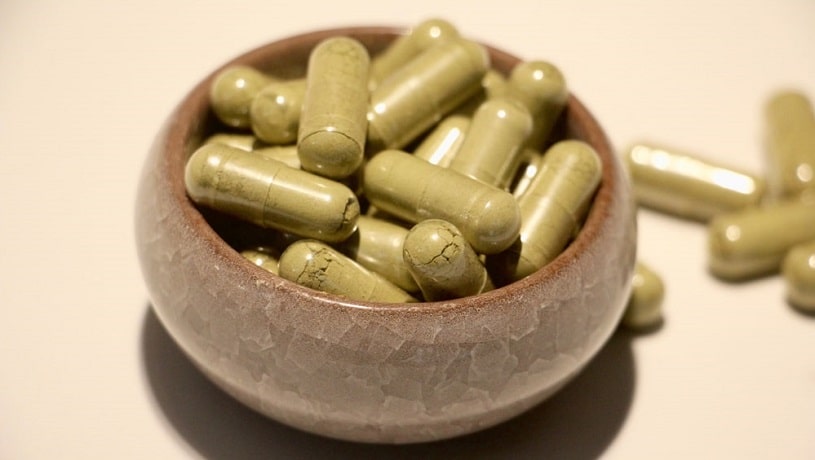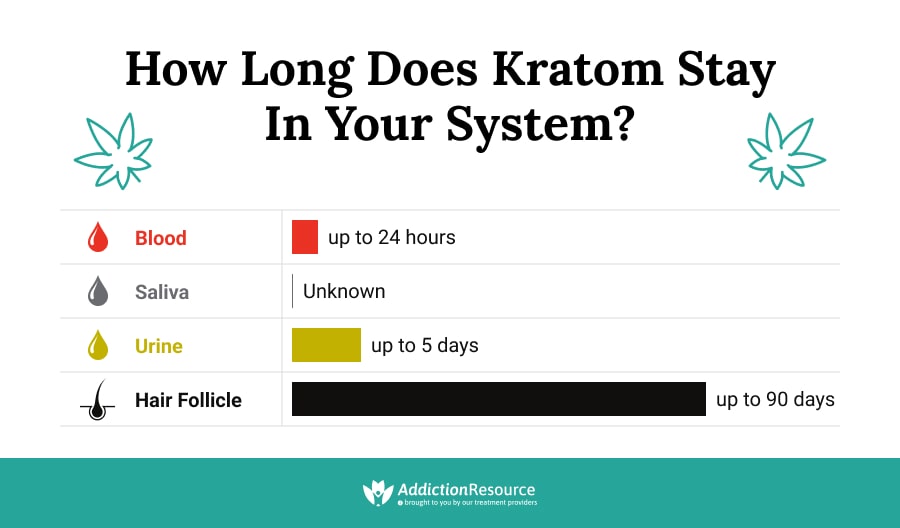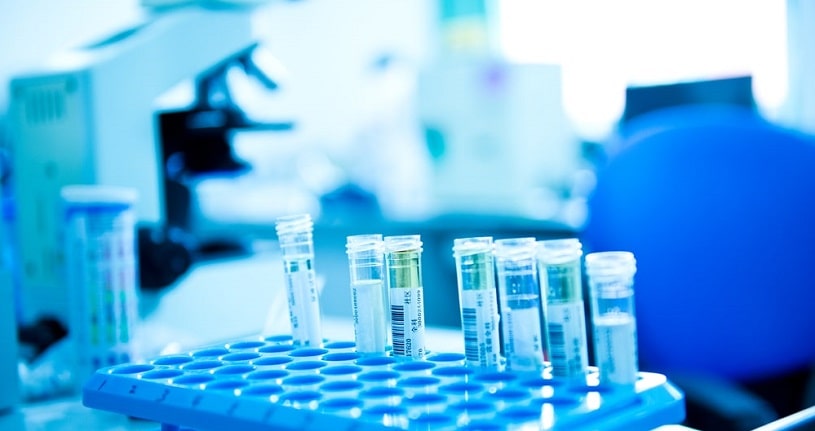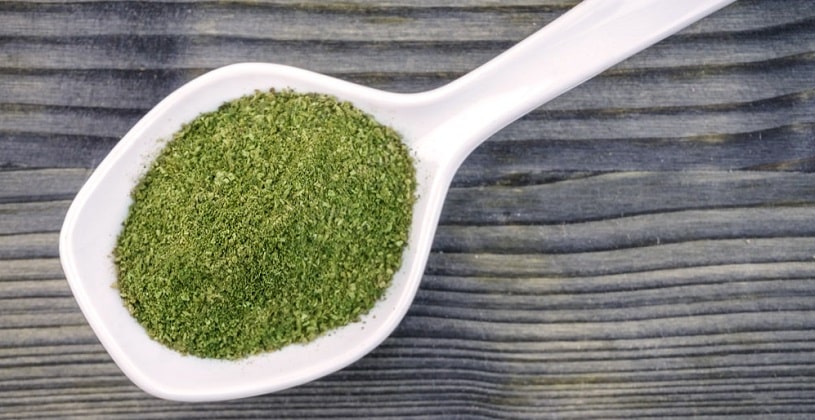Kratom or Mitragyna speciosa is gaining popularity and is widely used as a matter of self-medication. In the US, it is not approved as a medication. That is why it is essential to know about its mechanism of action in the body and Kratom half-life. Some users wonder if drug tests can detect it. And it’s important to know about Kratom false positive possibility to be ready for such a test result.
Table Of Contents:
What Does Kratom Do?
Mitragyna speciosa provokes effects that are similar to the mechanism of action of stimulants and opioids. There are two compounds in its leaves: mitragynine and 7-α-hydroxymitragynine, which stimulate the opioid receptors in the brain and cause the feeling of pleasure, exaggerated joy, and pain relief, especially after consumption in significant amounts of the plant.
These compounds work by activating specific receptors in the brain known as opioid receptors, particularly the mu and delta-opioid receptors. This leads to several changes that work to block pain signals and produce other opioid-like effects such as euphoria (through dopamine release), sedation, etc.
How Long Does It Take For Kratom To Work?
The effects of use typically start occurring after 10-15 minutes after the administration. The highest results could be visible after 40 minutes if a person applies the drug on an empty stomach. After a heavy meal, it will take from 60 to 90 minutes on average to start working. Also, if the drug is used in a capsule form, it will take more time to see the result because the capsule needs to dissolve in the stomach.
How Long Does Kratom Last?
The effect duration depends on the dosage, strain, age, gender, tolerance, and many other factors. On the short end, it could last just 2 hours, but sometimes, it can continue for up to 8 hours. It is important to note that the length of the effect does not determine Kratom half-life and how long it stays in the system, nor does it have any impact on the kratom withdrawal duration.
As a product with no medical recommendations from competent institutions, it is dangerous to consume in a large amount because it can cause short-term and heavy long-term effects of Kratom.
How Long Does Kratom Stay In Your System?
There is no much evidence and clinical research on how long Mitragyna speciosa products stay in the human body after consumption. The limited data shows that the Kratom half-life is about 24 hours. That means that 50% of active ingredients such as 7-hydroxymitragynine and mitragynine are eliminated in one day.

Kratom half-life depends on doses, frequency of usage, and other factors. That is why, after lower doses, alkaloids leave the system faster. In addition, other factors include age, level of fat in the body, and interactions with other drugs. The older person is (especially after 65 years), the slower metabolism and renal activity are. That means a substance will stay in the organism for a longer time. The same situation is when a person has a high body fat percentage. The Mitragyna speciosa extract is fat-soluble, and the body needs more time to excrete active ingredients.
Taking the substance with alcohol-containing products increases the chance of adverse effects because firstly, the organism processes alcohol, not Mitragyna speciosa alkaloids.
Does Kratom Show Up On Drug Test?
Although Kratom is banned in some states in the US, usual drug tests made by the Substance Abuse and Mental Health Services Administration can’t detect Mitragyna speciosa traces. This is because they intend to check only five types of drugs: opiates, amphetamines, cocaine, cannabinoids, and PCP. Only a specific kratom drug test should be used for examination. However, since 2014 it has been placed on the Monitoring List of the World Anti-Doping Agency to get information about its use in professional sport.
Detection in Urine
Urinalysis is the most common method to identify this herbal supplement presence in the system. The urine kratom drug test can detect specific alkaloids and show a positive result, even in a week after the consumption. For the average user, the test can detect trace amounts for 5 days after the usage. To get a negative result, it is better to avoid administering the herbal supplement for two weeks or abstain from its consumption at all.
Detection in Blood
This type of kratom drug test is used to ascertain if someone has taken the supplement and how much, as the substance can easily be recognized in blood. A blood test is uncommon for substance detection. However, it should be taken during the first 24 hours of intake for more accurate results. Intoxication levels show 100 ng/ml or higher. For stating an overdose via blood screening, the level of mitragynine concentration in plasma frequently exceeds 300 ng/ml. Since blood screening has a short detection window, from a few hours to a couple of days, urine testing has become more widespread.
Detection In Saliva
There is a possibility to detect its metabolites in the patient’s saliva, but there is no current information about lab-tested Mitragyna speciosa via the saliva drug test.
Detection In Hair
As with many other pharmaceuticals, hair follicles can be used to determine if a person has recently taken a substance. Hair screening is also uncommon; however, hair follicle analyses have a longer detection window (for up to 90 days). Presently, there is no evidence about using hair for a kratom drug test and whether the chemicals presented in Mitragyna speciosa are detectable in hair.

Does Kratom Show Up On a Probation Drug Test?
Typically, probation officers can request to check Mitragyna speciosa on drug tests if this supplement is forbidden or not legal in certain areas. Also, using it or any other psychoactive substances could be restricted as the court’s probation condition. Taking this herbal supplement is risky, as some probation officers can ask for a special kratom drug test or find it during a random home inspection that leads to imprisonment.
Does Kratom Show On a Military Drug Test?
Mitragyna speciosa use as a dietary supplement is prohibited by the Department of Defense (DoD). Military drug screening is usually taken for the most common drugs, which do not include specific tests. The substance will not show a positive result on the standard DoD test, although Military Service Members are recommended not to use any products containing this substance. For the US AirForce and Navy, it is forbidden.
Kratom False Positive
In drug screening, the cut-off level is the minimum amount of ingredient concentration needed for a positive result. Sometimes, the negative result does not mean that the sample is drug-free because its level is under the cut-off.

The results of lab-tested Mitragyna speciosa received from the standard tests may not show mitragynine or the other alkaloids present in the substance, as they are not suitable for detecting this kind of substance.
However, the kratom false positive result is possible if the drug is taken along with other supplements or medications. Popularly the herb can cause a false positive result for the opioid methadone by mimicking one of its metabolites, 2-ethylidene-1,5-dimethyl-3,3-diphenylpyrrolidine (EDDP). Therefore Mitragyna speciosa use should be inquired before performing a methadone drug test.
How To Stay Away From Drug Misuse
In general, it is a herbal supplement that does not show on standard drug screening. However, there are specific methods that can examine it on drug testing. The most common urine kratom drug test can show a positive result even on the fifth day after administration. The level of alkaloids and the strength depend mainly on the difference between kratom strains and dosage. However, the pharmacology of this herbal supplement still needs more research.

If someone is taking the herb to treat medical conditions, it’s better to seek a doctor’s advice. There are undoubtedly many OTC and prescription medications that are approved for the treatment of particular health conditions. A doctor will offer these kratom alternatives. These alternatives are likely to be safer, as they have been tested for safety and their quality is regulated.
In specific cases like serious side effects, it is recommended to address the symptoms to the doctor or professional addiction centers. Addiction center help may be necessary if a person cannot quit the drug on their own, because addiction is already present. Such rehabs provide necessary help and treatment for patients with substance use disorder.
Hope Without Commitment
Find the best treatment options. Call our free and confidential helpline
Most private insurances accepted
Page Sources
- Veltri C, Grundmann O. Current perspectives on the impact of Kratom use. Substance Abuse and Rehabilitation. 2019; 10: 23–31. doi:10.2147/SAR.S164261. https://www.ncbi.nlm.nih.gov/pmc/articles/PMC6612999
- Pierre, C., Gineste, C., & Bazydlo, L. (2020, October). A Kratom Metabolite Causes False Positive Urine Drug Screening Results for Methadone. In AMERICAN JOURNAL OF CLINICAL PATHOLOGY (Vol. 154, pp. S19-S20). JOURNALS DEPT, 2001 EVANS RD, CARY, NC 27513 USA: OXFORD UNIV PRESS INC. https://academic.oup.com/ajcp/article-abstract/154/Supplement_1/S19/5942516
- Guddat, S., Görgens, C., Steinhart, V., Schänzer, W., & Thevis, M. (2016). Mitragynine (Kratom)‐monitoring in sports drug testing. Drug testing and analysis, 8(11-12), 1114-1118. https://pubmed.ncbi.nlm.nih.gov/27001139/
- Suhaimi, F. W., Yusoff, N. H., Hassan, R., Mansor, S. M., Navaratnam, V., Müller, C. P., & Hassan, Z. (2016). Neurobiology of Kratom and its main alkaloid mitragynine. Brain research bulletin, 126, 29-40. https://www.uthscsa.edu/ARTT/AddictionJC/KratomReview.pdf
- Meireles, V., Rosado, T., Barroso, M., Soares, S., Gonçalves, J., Luís, ., ... & Gallardo, E. (2019). Mitragyna speciosa: clinical, toxicological aspects and analysis in biological and non-biological samples. Medicines, 6(1), 35. https://www.ncbi.nlm.nih.gov/pmc/articles/PMC6473843/
- Parthasarathy, S., Ramanathan, S., Ismail, S., Adenan, M. I., Mansor, S. M., & Murugaiyah, V. (2010). Determination of mitragynine in plasma with solid-phase extraction and rapid HPLC–UV analysis, and its application to a pharmacokinetic study in rat. Analytical and bioanalytical chemistry, 397(5), 2023-2030. https://pubmed.ncbi.nlm.nih.gov/20454783/
- Trakulsrichai, S., Sathirakul, K., Auparakkitanon, S., Krongvorakul, J., Sueajai, J., Noumjad, N., ... & Wananukul, W. (2015). Pharmacokinetics of mitragynine in man. Drug design, development and therapy, 9, 2421. https://www.ncbi.nlm.nih.gov/pmc/articles/PMC4425236/

 Authored by
Authored by  Reviewed by
Reviewed by 

